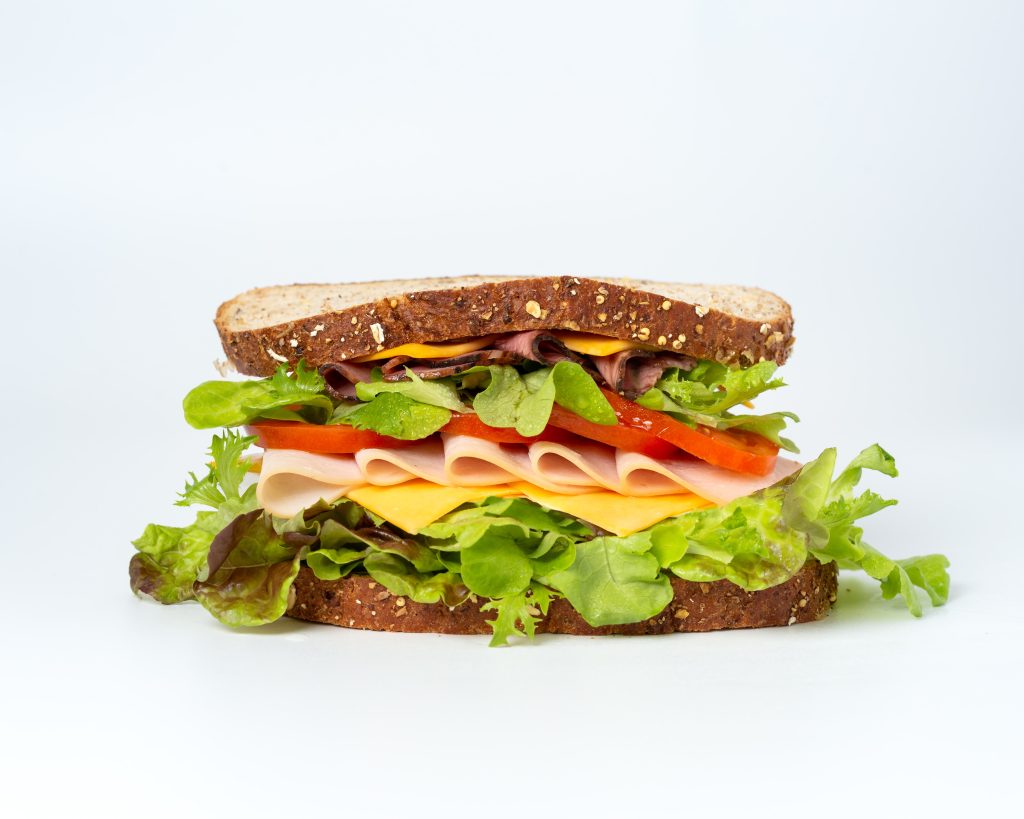Palmolive used the tagline, “Most men ask, ‘Is she pretty?’ not ‘Is she clever?’ when it advertised its body soap in the 1920s.
Would this fly today? Imagine the outrage.
Consumer brands need to constantly change their marketing strategy to adapt to consumer preferences, governmental laws, changing political scenarios, new technology and changing target customers. The brands that have been around since our parents’ and grandparents’ time would not be known to us unless they continued to adjust their strategy based on consumer preferences.
This is relevant especially as trends can go viral and affect consumer behavior. For example, trends gave rise to a demand for avocado toasts, kale salads and quinoa bowls.
Sheri Lambert and Amy Lavin of the Fox School decided to write a case highlighting the importance of implementing a marketing strategy to make an 80-year-old brand young again.
Their case revolves around Dietz & Watson (D&W), a prominent snacks and sandwich company based in Philadelphia. For over eighty years, D&W has been a key player in the deli meat product market.
Lavin, who is a self-described Philadelphia lifer, says that she is loyal to the brand and only prefers to buy their deli meat at the grocery store. “I love salami,” she says.
“I can guarantee that Amy’s mother and grandmother know the Dietz & Watson brand name, but baby boomers—which is the target market for D&W suppliers— are aging out. What happens to the brand if their predominant customer base is aging out?” adds Lambert.
D&W is one example of many companies that are facing this issue of losing market share to younger brands that market to younger generations.
“It is a marketing strategy issue. It’s so fascinating to me because I wonder how they are going to change their strategy to cater to millennials and the gen-z,” says Lambert.
Lambert and Lavin wanted to put students in the shoes of D&W’s marketing branch to figure out a robust strategy using critical analysis.
“Everyone at Temple and other business schools, right now, is focused on asking a student to critically analyze the marketplace or a situation. That is what I wanted students to consider when they worked on this case,” says Lambert.
The case is designed for graduate students, such as a first-year MBA course in marketing management, or specialized master’s programs in digital marketing or strategic marketing.
Through the case, students come up with tactics that the company could employ, address the risks of a particular strategy and evaluate if a digital strategy could be the solution to D&W’s problems.
“The skills a student develops working on this case are transferable to fit other companies’ strategies,” says Lambert.
“Deli meats and lunch meats are not sexy for some of the younger students who would want to focus on fashion, healthcare and technology,” adds Lavin. “But it’s a transferable issue that people will have to solve, irrespective of the industry.”
This is not the first case Lavin and Lambert have worked on together. They frequently interweave their classes together, with Lavin focusing on digital innovation and data in marketing and Lambert teaching brand marketing. Both are advocates of the case-teaching method.
“I’m a big proponent of activity-based learning,” explains Lavin. “It adds a level of understanding that reading only from textbooks doesn’t.”
“I think it’s a fantastic way to engage students as well,” adds Lambert.
